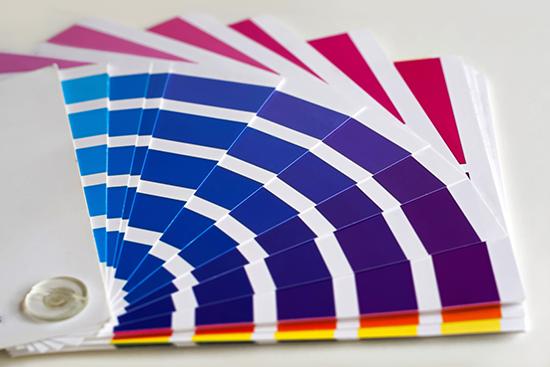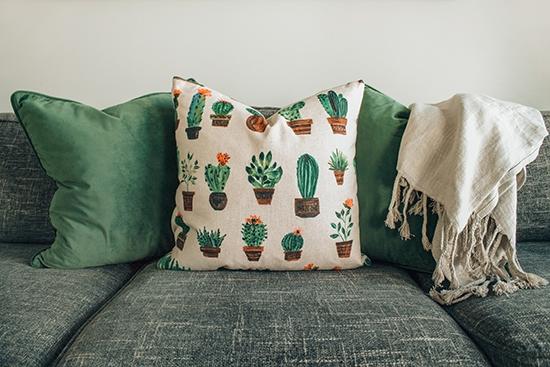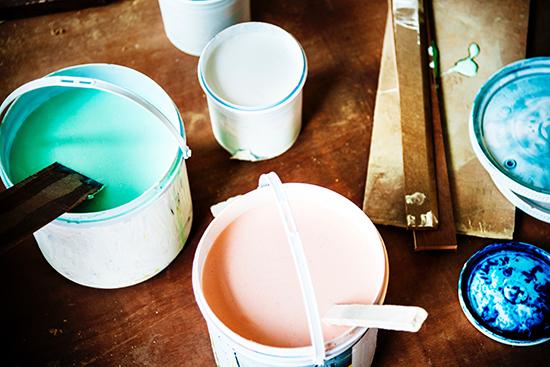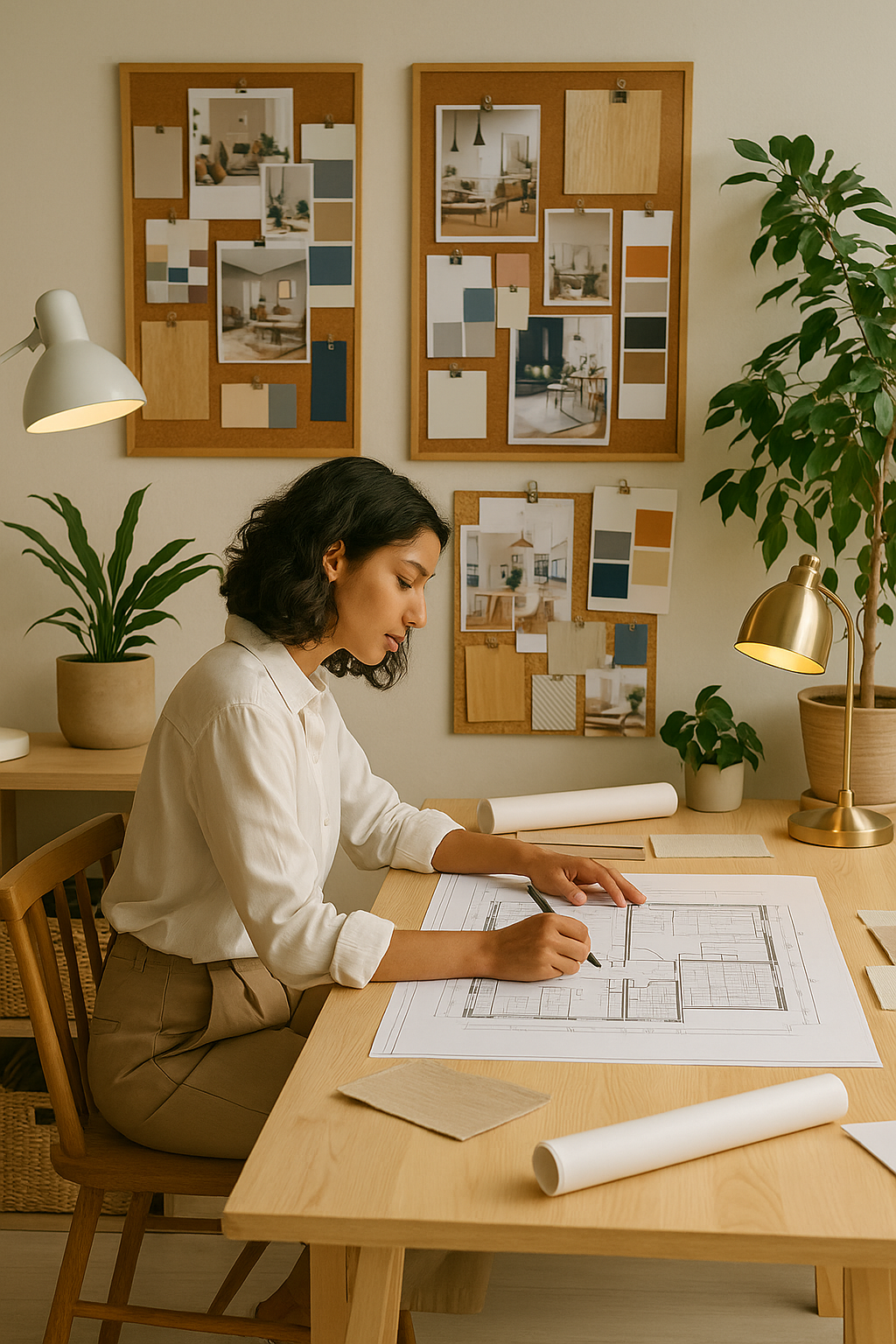This is the second part of a two-part article which shows three colours from the cool side of the colour wheel. We also look at some colour therapy tips to help you decide how to balance the purpose of the room with the psychology of the colour.
Your choice of colour is an important decision and one that has a huge impact on the mood of a room and how you feel in it. To make that decision easier, it helps to follow this process to ensure you get the right colour for your room.
The first things to consider:
- What is the room being used for?
- Who is using the room predominately?
- What is the temperature like in the room?
- How much light is in the room?
- What furniture or colours are going to be in the room?
Then ask yourself the following questions:
- Should you use the warm or cool side of the colour wheel?
- Are you going to use a pastel or heavy shade of the colour?
- Will the colour complement the existing furnishings?
- Does the person who uses the room like the colour?
- Are you balancing enough dark and light tones?
One final and optional thing to think about - would a heavy colour be best used as an accent colour against a more pastel or plain background as a canvas?
Before you choose a colour, you need to know how they work and the impact they have on a room. Let’s take a look at three colours from the cool side of the colour wheel (you can find more on warm colours in the first part of this blog).

Blue
The colour of sky and ocean, blue generally creates a sense of calm in a room. It’s used frequently for corporate logos as that calm also gives the impression of trust and reliability. It appeals to both men and women, adults and children and can be used in most rooms of the home.
Electric or brilliant blues can be striking and dramatic. However, overuse of these shades (or of blue in general) may create a cold atmosphere.
Blue is a good colour for rooms where you would like to relax, or in rooms that require cooling down. It’s key moods are:
- Calming and restful
- Cooling
Balancing colours: works with cream, white, pink, yellow and orange.

Green
Commonly associated with peace and harmony, natural greens (e.g. forest and lime) are tranquil and refreshing. Green has natural balance of cool and warm due to its blue and yellow undertones. It’s perfect for clients who want to create the feeling of being close to nature.
- Soothing and relaxing
- Can help alleviate depression, nervousness and anxiety
Balancing colours: try it with cream or pink.

Violet or Purple
Purple balances the stimulation of red and calm of blue, which can cause unrest in certain rooms. A royal colour, it can add a luxurious or extravagant feel to your décor. Violet, plum, lavender and aubergine are just some of the different tones to consider in the purple family.
Purple is a great colour to mix with other colours or use as an accent. Purple works well in play rooms, living rooms and hallways.
- Uplifting
- Calming
- Encourages creativity
Balancing colours: works great when combined with grey, silver, teal or yellow.
Remember to always consider the effect you’re hoping to achieve and choose a colour based on that. If you follow these simple steps (and read the considerations of Part 1), you’ll ensure that you’ve chosen the correct colour for you.

